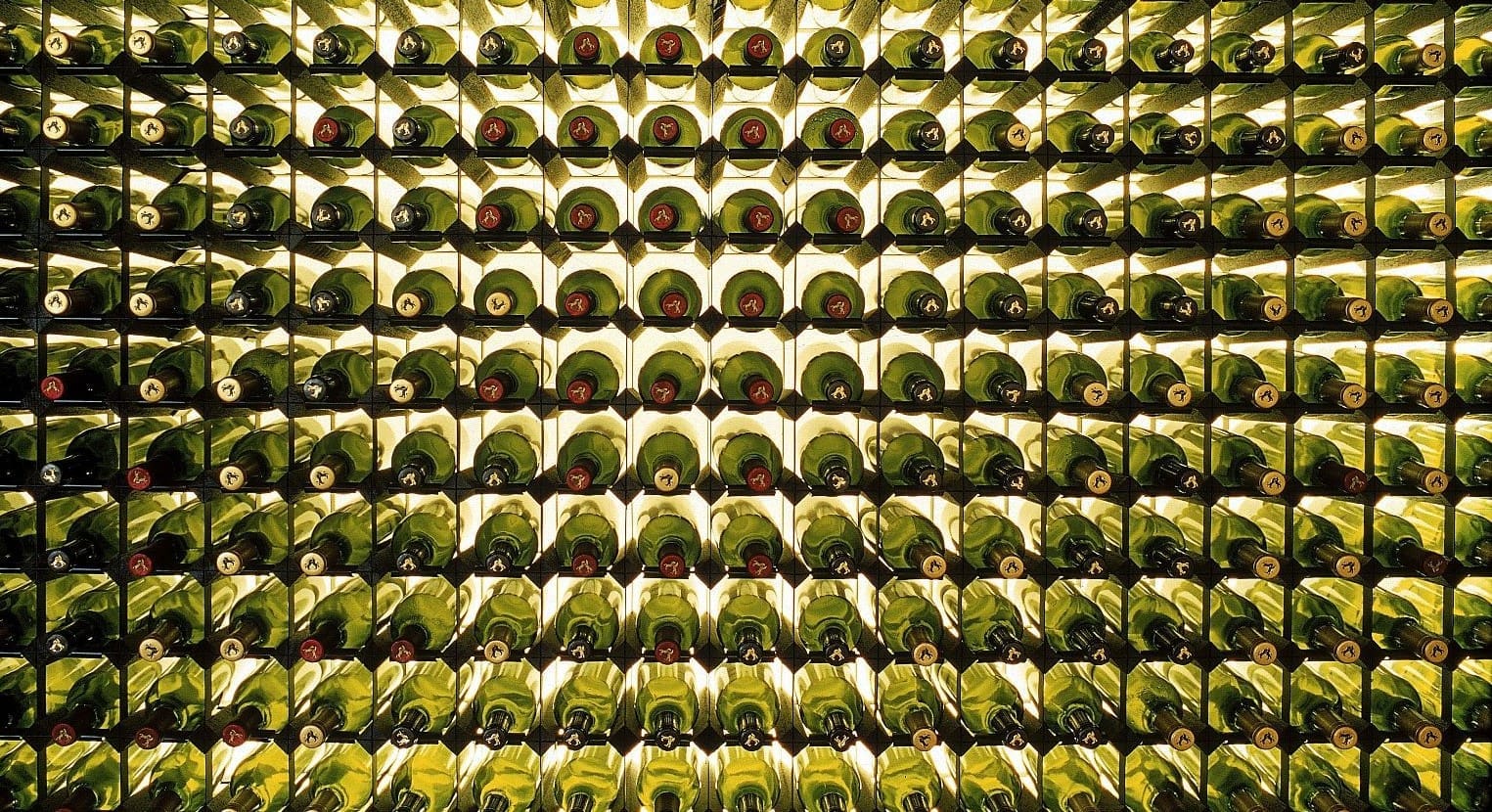 Chances are you have seen that most scores given to wines for sale theses days are 90 or above. Does that mean when I rate wines below 90 that they’re not great value? No way!
Chances are you have seen that most scores given to wines for sale theses days are 90 or above. Does that mean when I rate wines below 90 that they’re not great value? No way!
When I began allocating scores to wines it wasn’t true that my scores were lower than most other critics. But now they are, most of the time. I haven’t changed, so what has happened? So why are the scores I allocate to wines so much lower (in Australia, at least) than most other (so-called) wine critics. It’s complicated. But I regularly point wines in the 80s that others are rating in the mid to high 90s…
For a start, there’s nothing wrong at all with the idea of buying a wine scored in the 80s if (i) it’s affordably priced, (ii) if it’s accompanied by a positive tasting note or (iii) if it makes you happy.
Personally, on a casual daily basis, I often get great pleasure from wines I might rate at below 90. Sometimes it’s just a minor deficiency that prevents such wines from being rated higher. Or, while being outright delicious to drink, they might be a little too simple for a higher rating.
Remember, a wine does not necessarily need a rating in the 90s (which in most cases has been inflated for a commercial reason) to be a satisfying and wonderful wine to drink, especially if it’s within an easy budget.
So here are what my scores out of 100 actually mean.
95+ Outstanding wines of exceptional quality; either classic representations of their style or variety, or top-level cutting-edge wines at the very sharp end of wine innovation. Gold Medal (above 18.6/20 and more) all the way to the best (the extremely rare perfect 100).
90-94 Highly recommended. Wines of genuine class and character, but without the special qualities that would give them 95 or more. Pretty well covers the gamut of Silver Medal but also the lowest level of Gold (17.0 to 18.5/20).
87-89 Recommended. Well above average quality and without any flaws that might detract from their ability to give pleasure. Clearly able to make a quality statement about variety, technique or region. Solid Bronze Medal (16.0 to 16.9/20).
84-86 Reasonably good wine, but lacking true distinction and class. Should be free of technical faults, but may reflect some poor decisions in the winery of the vineyard. Relatively uncomplicated and straightforward, comprising the better examples of cheap wine (sub $12). Just above and below Bronze Medal status (15.3 to 15.9/20)
80-83 Everyday wines, possibly with some technical deficiency, hopefully at the very cheap end of the pricing scale.
75-79 Something went wrong. Possessing a significant flaw, often through a viticultural or winemaking misfortune.
For reference, here is the traditional way of allocating medals to wines in Australian wine shows:
18.5 Gold
17.0-18.4 Silver
15.5-16.9 Bronze













